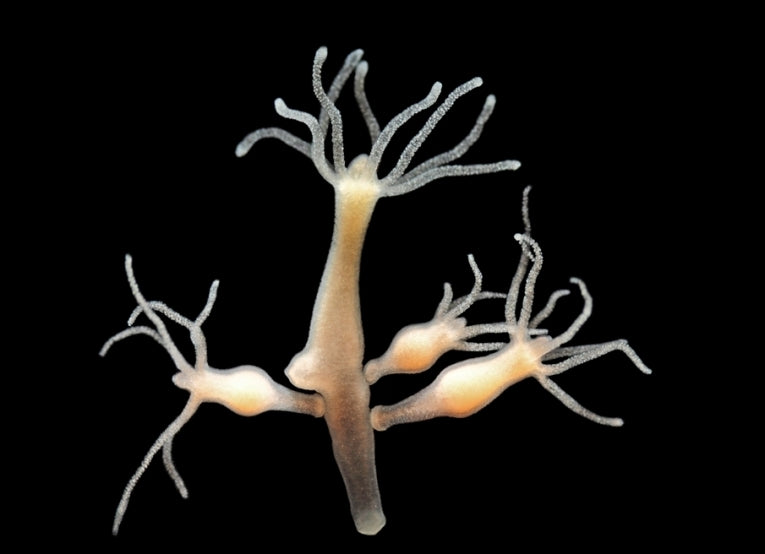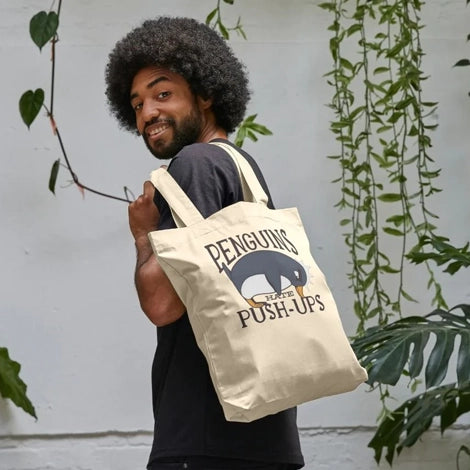Evolution in medicine - Part II
When we age, it seems we struggle to try and find some mechanism to prevent the process! Obviously the smokers are aware already of what they have done. Evolution explains why we grow old in such a way. The intensity of selection declines with age of course, so a mutation helping early reproductive success need not help and will possibly hinder you when you're older. It's called the reproduction/survival trade-off.
It means that ageing and lifespan itself are not selected for; they are bi-products of the extreme selection for reproductive success when you are young. Research has shown that symmetrical cell division would give you immortality, but as perfect symmetry is unachievable in nature, I'm afraid we've had it! The example of that immortal Hydra is simply replacing all of its cells over time, in the same way as we are replaced by children. It's the way of the world.
Cancer on the other hand is evolutionary in that we have more cancers than any other species. We basically live too long and have weird reproductive cancers because of the sexuality we embrace. The more mitosis, the more cancer we develop, usually from those precious stem cells. They can mutate so often that the immune system has to be extremely effective in order to detect and kill the cancer clones as early as it does.
The pre-history of these clones, even in apparently fast acting cancers, gives us a new tool with which to attack. There is a gap of at least 15 years between initiation and diagnosis at the moment. Also hopeful is the unaccepted "fact" (so far) that less malignant clones of cancers inhibit the growth of the most malignant. Chemotherapists take note, when they kill off the competitive clones, the patient may survive for a shorter period.

Chemotherapy would be less thorough if evolutionary medicine were to be applied, in order to maintain less virulent cells - Portrait of a cancer survivor; Credit: © Shutterstock
Pathogenic retroviruses, bacteria and others can be fought off with drugs. With cardiovascular disease and its attendant inflammation recognised as a possible result for pathogens, it brings to mind the old adage that virulent pathogens were just poorly-adapted. The myxomatosis virus of rabbits is one of many that developed lower virulence in just 10 years. Competition and the success of transmission to a further host are thought to be the main factors involved in that lowering.
As far as antibiotics are concerned, resistance is an event we all seem to face regularly with increasing bacterial infections. In fact, it is emergency rooms and ICU that create most of the resistant strains (not forgetting poultry growth usage.) Gene cassettes are the latest discovery, transferring resistance to whole groups of antibiotics in one fell swoop. As medical practice has been so thorough, this has meant efficient selection for multiple resistances.
Evolutionary theory would simply state that only the dose required to remove the infection should be used. Less selection for resistance would then take place. 90,000 people died of hospital-acquired infections in the US during 2004. In the UK, new resistance spreads to every hospital within 6 months and as far as Hong Kong within 2 years. That is the scale of the problem we are talking about.
New disease of course evolves all the time, often from zoonoses. These are animal diseases that adapt to the human host in many ways. RNA viruses, being rapid in adapting because of their high mutation rate, are among the first to exploit humans from wild animals that are newly exposed to humans. Ebola from bats and bush-meat kills too fast to be an efficient human disease. Another RNA virus, HIV1 began infecting chimpanzees that hunted its primary host, monkeys. Then it gained the ability to kill the T-cell lymphocytes, which led to its success against the human species. With genome analysis, the history now dates to two small villages in SE Cameroon around 1925!
When we compare the effect of disease on another species with that on our own, comparative techniques supply a rich vein:
As elephants and whales have X100 and X1000 more cells than us, their rate of cancer would be multiplied accordingly. Except for the mechanisms they have evolved to combat it. There are many possibilities, but the problem certainly exists. When we compare cancer rates in large and small dogs, the conclusion can only be - how on earth did large animals survive long enough to evolve? The cures await us!
The second comparative method extends the AIDS/HIV debate. Green monkeys and sooty mangabeys don't suffer from their SIV (related directly to the evolution of HIV as mentioned above) infections because gene expression regulates their immune response.
So how to balance all of this fairly novel medical experience, what complementary work needs to be done to focus better on problem solving? The inter-disciplinary approach here is proven. Professor Stearns indicates without needing to point. Perhaps medical schools worldwide are already beefing up their cross-curricular links. It remains to be seen, but I'd like to congratulate him on an entertaining and portentous manuscript in the Proceedings of the Royal Society B: Biological Sciences today.
Evolution in medicine - Part I










